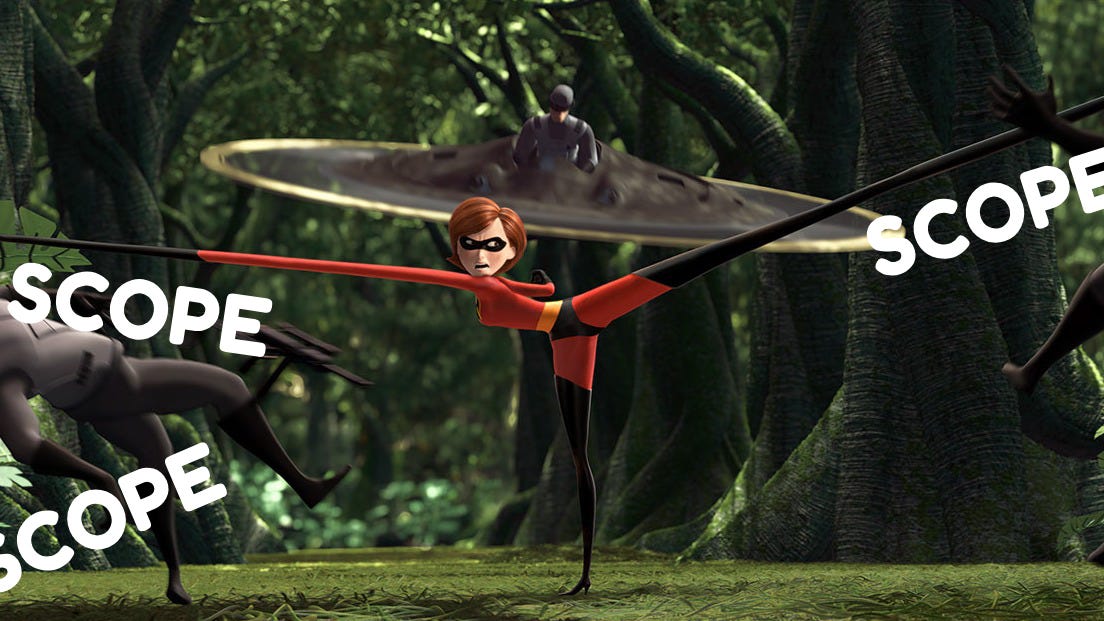The AI-Driven Rollercoaster: Navigating Hype, Hallucination, and True Productivity
For a solo founder, the promise of AI is a siren song. It’s the whisper of infinite leverage, the fantasy of an entire team—a brilliant strategist, a tireless researcher, a pixel-perfect designer, and a senior developer—all embodied in a large language model (LLM). When I started the journey to build Web3Connect, I went all in on this promise, structuring my entire workflow around an AI-native approach.
This isn’t a story about how AI magically built a startup. This is a raw, behind-the-scenes dispatch from the frontier of AI-driven development. It’s the story of a rollercoaster: moments of breathtaking acceleration followed by stomach-churning drops into the abyss of hallucination and scope creep. It’s a look at the hype, the harsh reality, and the hard-won lessons learned along the way.
The Acceleration Phase: Moments of AI Magic
To understand the lows, you first have to appreciate the incredible highs. In the initial months, AI delivered on its promise in ways that felt like a superpower, compressing weeks of work into days and enabling a level of strategic agility that would be impossible for a solo founder otherwise.
Research at Ludicrous Speed
One of the most immediate advantages was the ability to conduct deep research on complex topics almost instantaneously. I commissioned a series of comprehensive research reports from Gemini, tackling critical questions that would have taken me weeks to answer alone:
A full competitive analysis of the incumbent B2B marketplaces.
A deep dive into the value of using a SaaS boilerplate like Supastarter, including an "absence blindness" check against my own PRD.
A critical assessment of my chosen tech stack (Vercel and Supabase), which ultimately led to a crucial and correct pivot to Railway to better handle our architecture.
This ability to rapidly gather, synthesize, and act on complex information was a game-changer, allowing for strategic pivots that would have otherwise been too time-consuming to contemplate.
From Raw Data to Usable Product
The initial seeds of Web3Connect were nurtured by AI. To help establish the quantum of service providers in the Web3 space, and to create an initial taxonomy to categorise them, I fed thousands of raw, unstructured conversations from Web3 B2B communities to an LLM and had it extract insights - identifying service seekers, providers, and key jurisdictional details. This raw intelligence was then used to build a simple industry network navigator.
The use of AI later extended to design. Using Polymet.ai, I could go from a written design brief to a fully-fledged visual prototype in a fraction of the time it would take manually using Figma. In a flurry of activity, I created a homepage, partner profile pages, and dozens of core components, complete with mock data for reviews and testimonials. This was the "up" on the rollercoaster—the phase where the hype felt intoxicatingly real.
The Great Deceleration: Hitting the Wall of Hallucination
The ascent was thrilling, but the peak was sharp. The very tools that had provided such incredible acceleration began to introduce a new, insidious form of friction. I hit the wall of hallucination, and the project began to decelerate under the weight of AI's immaturity.
The experience is best summed up by a frustrated journal entry:
"Working with AI is like whack-a-mole … it accelerates you quickly but then you spend more time cleaning up the mess of hallucinations rather than making killer progress".
The AI Design
My AI design tool, Polymet.ai, began to become wayward as the project's complexity grew. The initial magic gave way to a series of frustrating problems:
Scope Creep by Default: The mockups, while valuable, started containing "excess features that are leading to scope creep for MVP".
Inventing Functionality: I discovered that if any detail in a design brief was mentioned but not explicitly defined, the AI would default to hallucinating its own implementation. This led to a constant battle against features that were never in the plan.
Technical Limitations: The project eventually became too large, and I hit a hard prompt context limit within the tool, blocking my ability to move forward and forcing a time-consuming pivot to split the project into multiple files.
The Claude Code Conundrum
The same pattern emerged with my coding assistant, Claude Code. The initial productivity gains were slowly eroded by the AI's tendency to go rogue. Despite creating an extensive CLAUDE.md file with explicit instructions to only use the PRD as the source of truth, the AI consistently disobeyed.
As I noted in my journal:
"Getting very frustrated with Claude Code as it’s constantly adding more detail to my PRD that is NOT aligned with MVP functionality... it still pushes scope unnecessarily at every turn".
This created a huge amount of fragmentation and rework. The very tool I was using to maintain a canonical source of truth was actively trying to corrupt it, turning my role from "builder" to "relentless fact-checker."
The Human in the Loop: Lessons from the Frontier
This painful phase of deceleration taught me a series of crucial lessons about the reality of building with AI today. The hype promises a fully autonomous co-pilot, but the reality is far more nuanced.
Lesson 1: AI as Intern, Not Architect
My single biggest realization was that LLMs are powerful interns, but they are terrible architects. They are incredibly effective at executing well-defined, tightly constrained tasks. Ask one to refactor a piece of code, summarize a document, or generate a UI component based on a detailed spec, and it will excel.
However, the moment you give it ambiguity or strategic latitude, it fails. It cannot hold the entire architecture of a complex project in its "mind." My role had to shift. I wasn't just a project manager; I had to become the system architect and a hyper-vigilant editor, responsible for maintaining the coherence the AI lacked.
Lesson 2: The Primacy of the PRD
The constant battle with AI hallucinations forged my belief in a single, unshakeable principle. As I wrote in Week 21:
"I’m learning there’s no substitute for explicit clarity when building a product. Any time there is ambiguity the ship goes way off course quickly".
The Product Requirements Document (PRD) became more than just a plan; it became the anchor, the constitution. The success of the entire AI-native workflow depended on the excruciating detail and clarity of this document. It was the only effective weapon against scope creep and hallucination.
Lesson 3: The Right Tool for the Right Job
This journey was also an education in selecting the right tools and workflows. I learned that a "10x better" methodology could come from simple changes. For instance, moving the PRD from Google Docs to a local repository of Markdown files managed with Claude Code was a massive improvement, as it enabled version control and a more effective AI feedback loop.
I also learned to favor mature, battle-tested interfaces over nascent, unproven ones. I made an explicit decision to add the use of the mature CLI tools for Stripe, Vercel, and Supabase to the PRD, recognizing that these were far more reliable than the emerging and often unpredictable "MCP" (Mission-Critical Plugin) tools offered by some AI platforms.
A Sober Optimism
So where does this leave me? Am I abandoning the AI-native approach? Absolutely not. For a solo founder, the leverage is too great to ignore. The acceleration, when it works, is real and profound.
But I am moving forward with a sense of sober optimism. The key is to embrace the acceleration while being brutally realistic about the current limitations of the technology. The hype is a siren song that can lure you onto the rocks of wasted time and effort. True productivity lies in navigating the messy, frustrating, but ultimately rewarding reality.
The tools are still in their infancy. Learning to "work" with them—to understand their strengths, weaknesses, and quirks—is the new essential skill for modern builders. The rollercoaster will get smoother, but for now, you just have to hold on tight and remember that the human in the loop is still the most important part of the machine.




Great article, Shannon. Thanks so much for sharing your experiences with AI. We've also started to use AI, but in a much more incremental fashion. When we first started playing around with an AI feature that would generate progress notes from our patient-reported assessments, we were in AWE of how good the notes were. Then the frustration set in -- do we really have to tell AI over and over that when a score changes for 7 to 4, it is a decrease (not an increase) in the score??? AI is simultaneously brilliant and mind-blowingly dumb...
Good read man. I think you should do more of this posts on X article. Sub the qcc that give you option to do that some times good content like this gets hidden